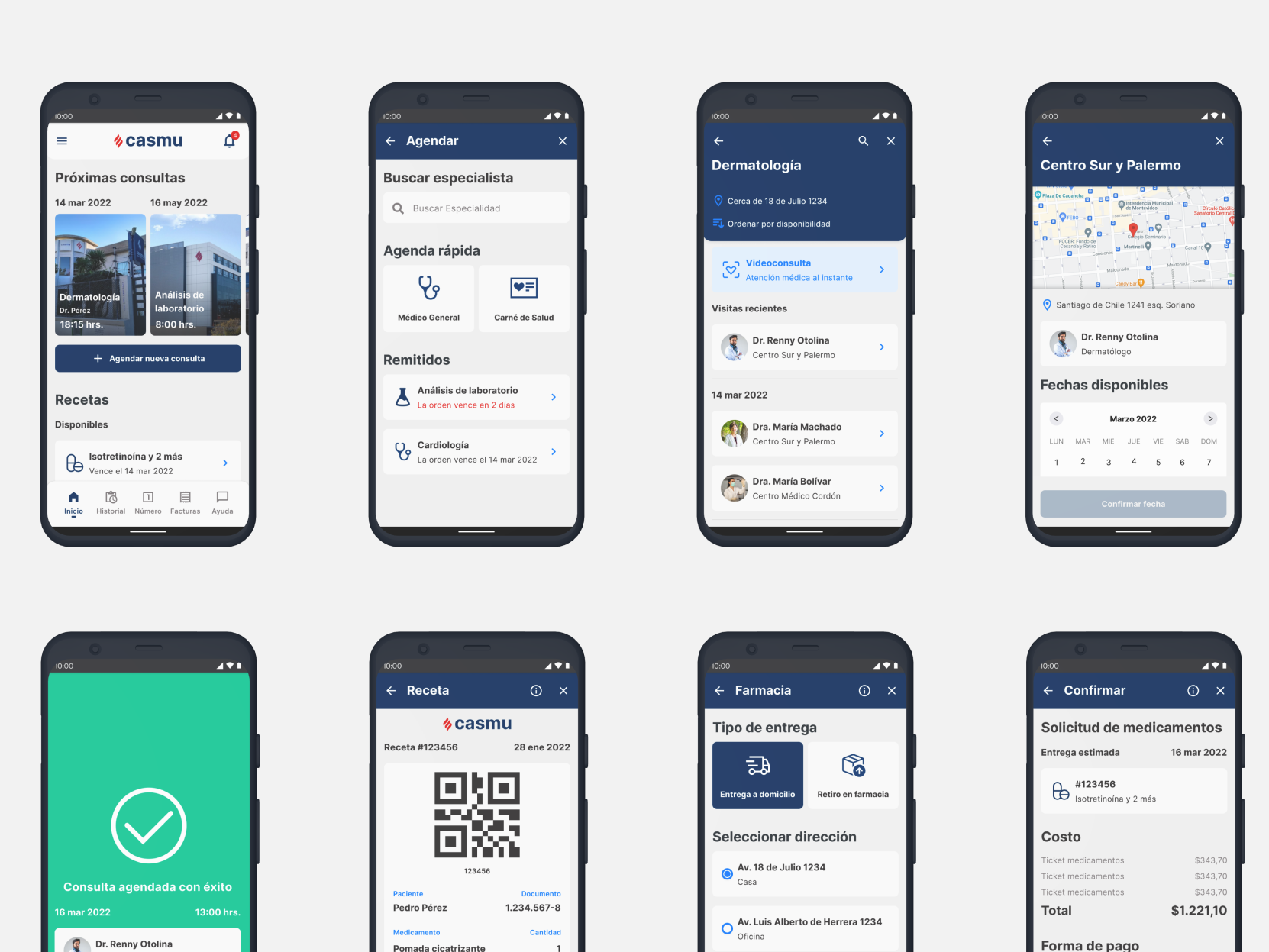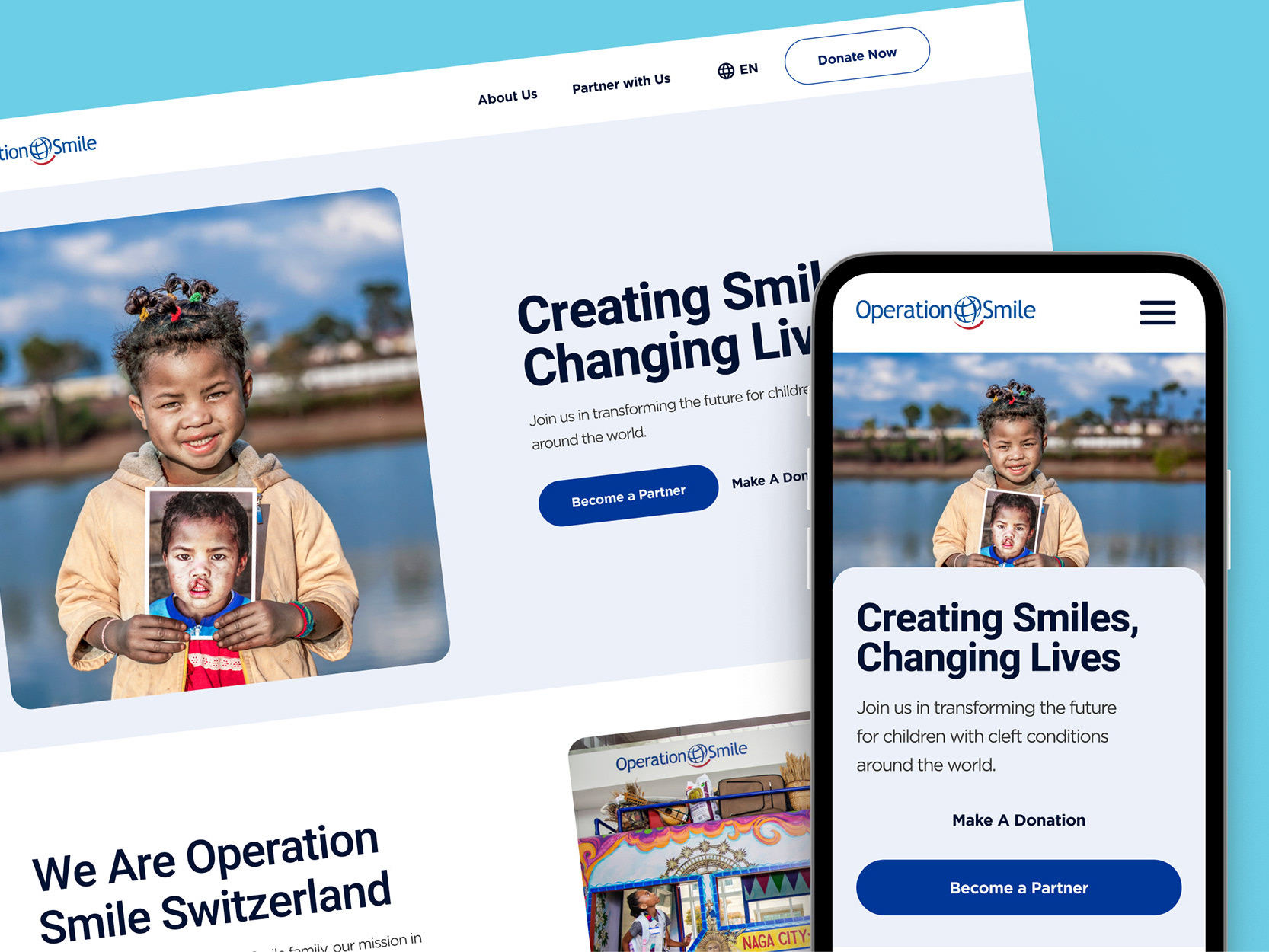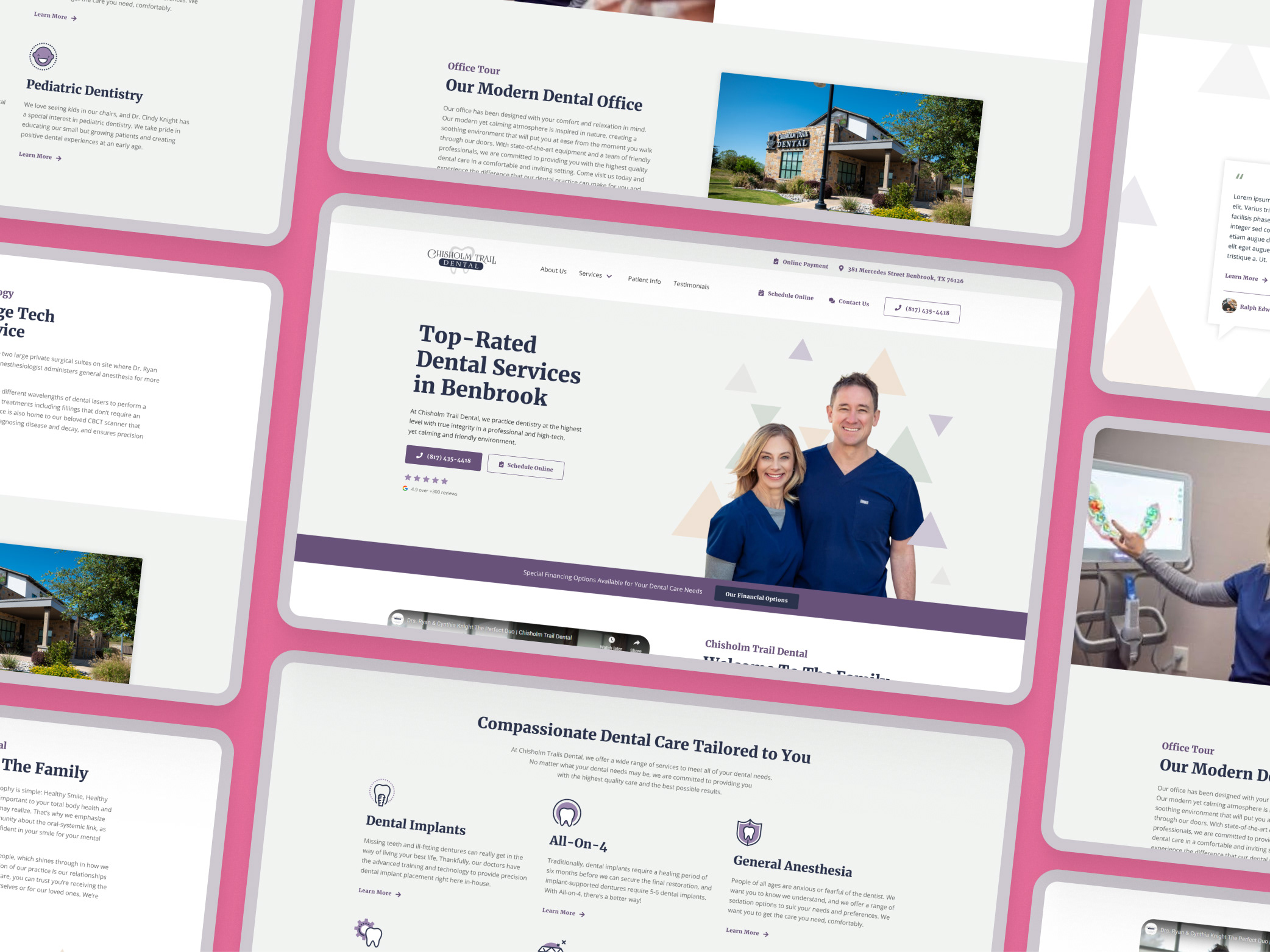The Idea
Imagine a lottery where you can play without paying for a ticket.
That's what PoolTogether does—a cryptocurrency protocol that earns interest through staking stablecoins and distributes the resulting rewards randomly among participants.
Although several end-user solutions for the PoolTogether protocol exist, none cater to the Latin American audience. As a result, only well-versed crypto enthusiasts have real access to this opportunity.
This is where MegaBTC comes in.
Introducing a platform for Latin American users to save money in stablecoins and participate in a no-loss lottery through the PoolTogether protocol, enabling them to win prizes without risking their savings or incurring fees.
After securing this project, we held a kick-off meeting with the client to better understand his goals and requirements. He needed an MVP ready to present to potential investors within a month.
The client, a Venezuelan-born, Israeli-based entrepreneur, envisioned Argentina as the initial launch market due to its strong crypto activity, with plans to expand into Venezuela should the political situation improve.
Creating this concept was a collaborative effort between a PM with a Graphic Design background and myself as the sole UX/UI Designer.
Who is the User?
Creating a User Persona was crucial to keep the design process focused on the product's target audience.
Meet Juan, our User Persona for this project. He's a delivery worker in Argentina's gig economy. Juan uses crypto to protect his savings from high inflation but finds most crypto exchanges and their jargon overwhelming.
Fig. 01: MegaBTC user persona
User Flows for this Concept
The client had a rough idea of how some user flows would work, so my job was to review them and make suggestions based on the defined user stories and product goals.
Fig. 02: Client wireframes
The first thing that caught my attention was the referral flow.
The client initially proposed a referral process where users would transfer some of their funds to potential referrals, giving their friends a head start on the application. This would involve generating a QR code for the referral to scan, with funds associated with this code.
There were two main concerns with this approach:
First, a referral system aims to rapidly expand the user base. Requiring referrers to fund new accounts would significantly hinder this goal.
Second, linking funds to a QR code poses a significant security risk. Anyone who scans the code could potentially redeem the associated funds, creating an opportunity for unauthorized access and misuse of the intended recipient's money.
The client understood these points, so we proposed and approved a more traditional approach to referrals.
Based on the requirements, we narrowed the user flows for this concept to:
- Login/Onboarding (login will be managed by dynamic.xyz web3 authentication)
- Deposit funds
- Refer friends to MegaBTC
- Check account and lottery pool
Although we understood withdrawing funds and rewards was important as well, the client was still resolving how to do it, so he asked us to show where the withdrawal options would be, without working on those flows for now.
This is how we refined the user flows after this process.Fig. 03: Proposed user flows
Wireframes
We created a quick set of wireframes for each flow to ensure we were on the same page with the client.
This stage was useful in clarifying some concepts that weren't fully understood in previous meetings.
Initially, we thought the wallet would be external and would allow users to buy stablecoins with fiat money. In reality, the client hadn't contemplated this, so users needed to transfer their own stablecoins into MegaBTC.
We explained to the client that, given the target audience, it would be useful to provide users with a partner that would allow them to buy stablecoins directly within MegaBTC. The client agreed and began considering exchanges to partner with for this purpose.
Fig. 04: Wireframes
We also initially understood that users would be able to select which PoolTogether pool their stablecoins would be staked in. In reality, the product itself would define the pool, at least in this concept.
We noted these corrections to apply them directly in the prototyping stage. But first, we needed to address the visual aspects.
Visual References and UI Kit
The client aimed for a young, vibrant look and feel, trying to differentiate this product from the classic, crowded, and data-intensive visuals commonly present on crypto exchanges and related services.
With this information, we assembled a mood board to show him at our next meeting.
Fig. 05: Moodboard
This reflects the dual nature of this app: It is both a crypto savings product, and a lottery product.
So we proposed two visual directions for this, one more inspired on a lottery identity, more colorful and playful, and the other one more leaning into a crypto savings app, more clean but making it youthful to keep it in the tone of the app.
The +savings mood board was approved by the client.
The client also wanted to work with orange as a primary color. I explained to the client that another color would be recommended for accents because orange is challenging to work with in terms of accessibility.
We proposed a vibrant blue to create a complementary palette with the desired orange, and the client accepted.
The concept also needed a proper identity.
Fig. 06: Logo from client
Fig. 07: Provisional logo created by our team
We quickly ideated this provisional identity based on the client's wishes. We didn't want to invest too much time in a full identity project at this stage, which would delay the presentation to investors without being crucial for this phase.
With the identity and visual references ready and approved by the client, we created a quick UI kit to ensure consistency across the project.
Fig. 08: UI Kit
Prototype
With all the groundwork ready, we created the prototype for this concept to be presented to potential investors.
Fig. 09: Splash
Fig. 10: Main screens of the app
Fig. 11: Deposit flow
Fig. 12: Prototype in canvas
The Aftermath
This was an exciting project with the significant challenge of translating a cryptocurrency business into plain language for everyone to understand how it works and the value it provides.
Communication with the client was smooth, and there was a very healthy exchange that enriched the concept and helped it mature.
From kick-off to sign-off, this entire project took 5 weeks.
Unfortunately, the client wasn't able to present this project for the investment presentation he was originally aiming for.
We are open to working on this project again in the future if the client sees it as viable.
The project was completed and both (client's agency) and the client were very satisfied with the result. The client will not develop it in the end due to business issues, but we remain in contact to make necessary changes if it becomes viable later on. Internally, we met our initial estimates and everything went smoothly. Overall, it was a very good experience.
- Final update on our project management tool



